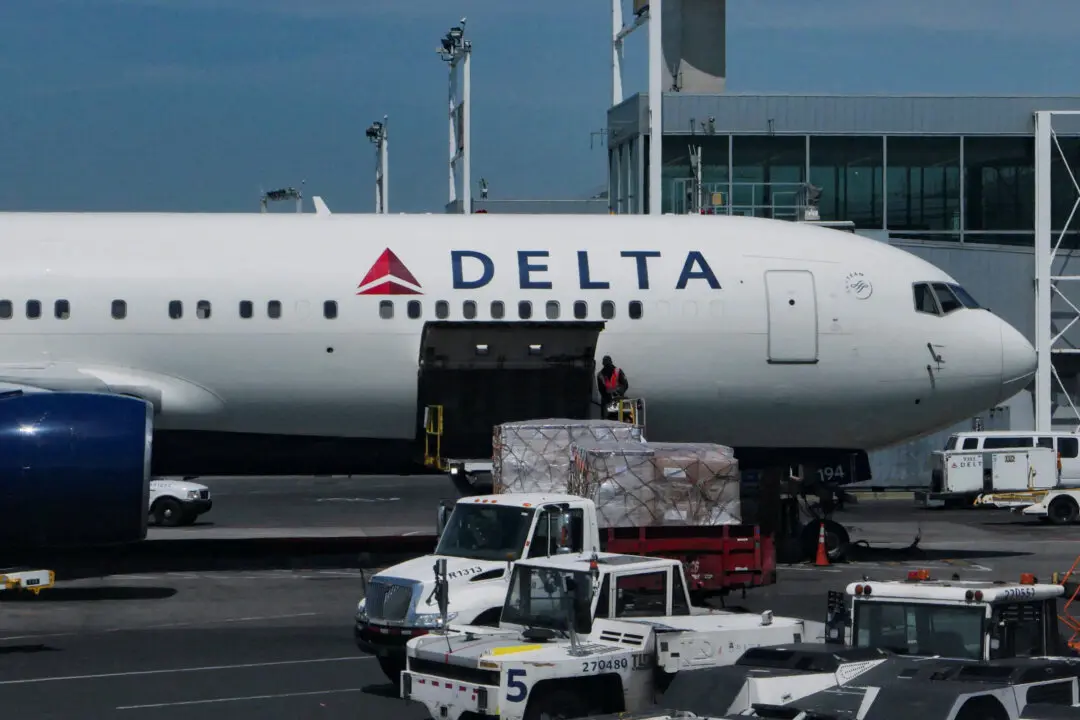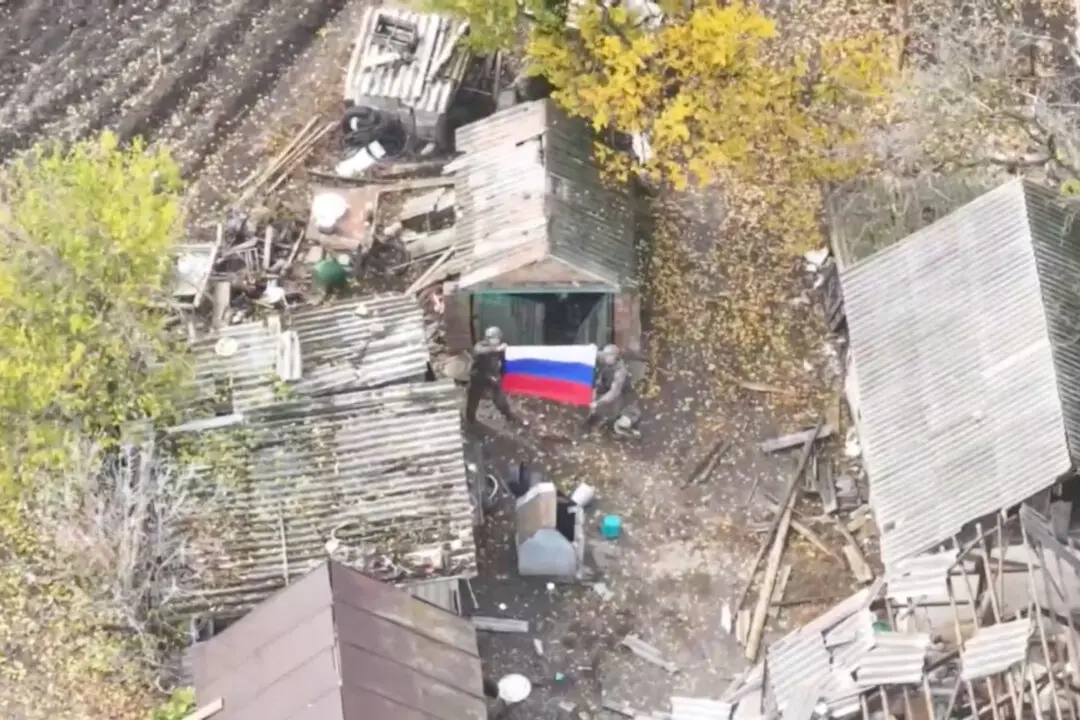OROCOVIS, Puerto Rico—At a community center in Orocovis, an isolated agricultural town of 23,000 in the mountains of central Puerto Rico, six oxygen-dependent patients drew breath with the help of the diesel generator powering their equipment.
Then the generator sputtered as if it might die.





